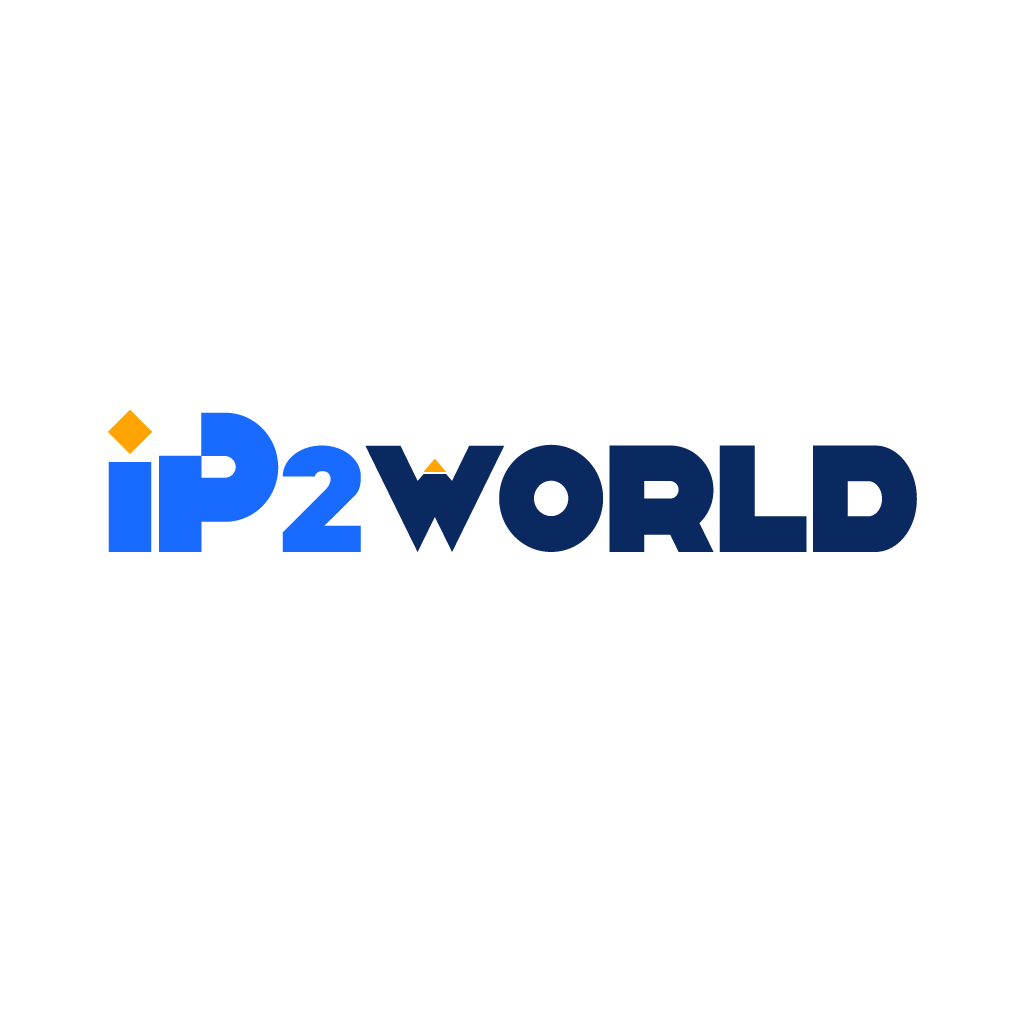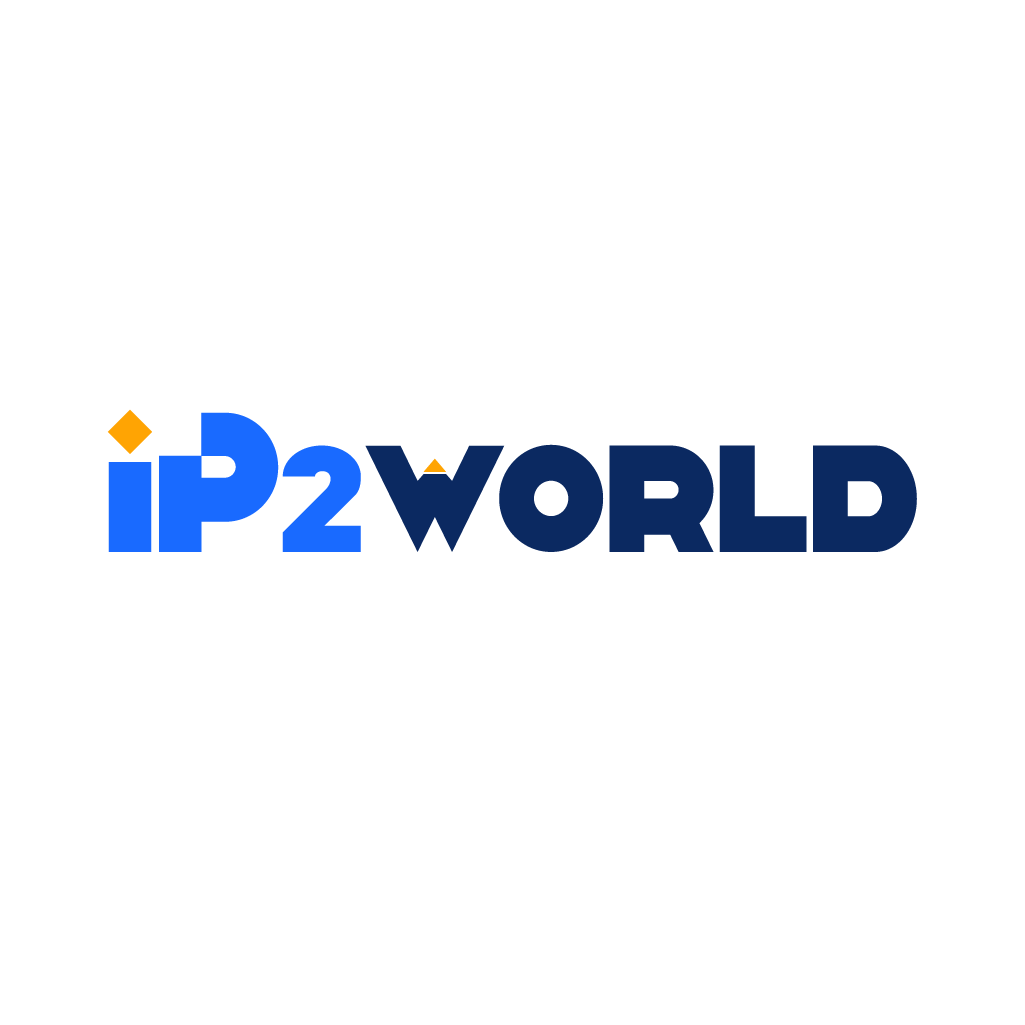In the constantly evolving world of business, decision-making is an amalgamation of art and science. Managers and leaders frequently face decisions that can either propel their businesses forward or set them back. To make these choices more systematic and rational, there are a variety of analytical tools at their disposal. Two of the most commonly employed are the cost-benefit analysis (CBA) and the cost-effectiveness analysis (CEA). But what are these tools? How are they different? And when should one be used over the other? Let's delve deep into these methodologies. Understanding Cost-Benefit Analysis (CBA) Definition: Cost-benefit analysis (CBA) is an economic tool used by businesses and governments to determine the financial viability of a project or investment. By quantifying both the costs of undertaking a project and the expected monetary benefits arising from it, CBA provides a clear metric – often a ratio or net value – that indicates whether the benefits justify the costs. Advantages: Quantifiable Metrics: Every potential outcome, whether it's a direct revenue increase or more intangible benefits like brand exposure, is assigned a monetary value. This ensures all decisions are backed by a concrete, comparable figure. Flexibility: The beauty of CBA is in its adaptability. It’s a tool that’s just as effective for evaluating a multi-billion dollar infrastructure project as it is for assessing a small-scale digital marketing campaign. Comprehensive View: CBA doesn’t just consider initial costs or immediate benefits. It can factor in maintenance costs, future revenues, and even potential future risks and opportunities, giving decision-makers a long-term perspective. Pitfalls: Monetization Challenges: Not everything is easily quantified. How do you assign a dollar value to brand reputation, employee satisfaction, or customer loyalty? This subjectivity can sometimes skew results. Over-simplification: When handling multifaceted projects, there's a risk of neglecting to account for certain factors, potentially leading to inaccurate projections. Unpacking Cost-Effectiveness Analysis (CEA) Definition: Cost-effectiveness analysis (CEA) is a method that lets decision-makers compare the relative expenditures of various strategies against their non-monetary outcomes. For instance, it’s often used in healthcare to measure the cost of treatment against health outcomes like life-years gained. Advantages: Specific Outcome Focus: Some projects have goals that aren't about money. CEA is perfect for these, be it an environmental initiative aiming to reduce carbon emissions or a public health campaign focused on lowering disease incidence. Less Subjectivity: Because it doesn’t attempt to convert every outcome to a monetary value, CEA avoids some of the subjectivity of CBA, leading to clearer comparisons between options. Comparative Analysis: CEA excels at side-by-side evaluations. Businesses can pit multiple strategies against each other to determine which one delivers the most bang for the buck. Pitfalls: Limited Scope: Focusing on a specific outcome might lead decision-makers to overlook other potential secondary benefits or costs. Rigidity: CEA’s narrower focus means it’s not as universally applicable as CBA. It thrives in niche scenarios but might not be the best fit for broader business decisions. When to Use CBA vs. CEA Cost-Benefit Analysis: If the project involves a multitude of diverse outcomes, both monetary and non-monetary, and you wish to see everything translated to a common currency (i.e., money), opt for CBA. It's great for versatile projects like launching a new product line, entering a new market, or even for evaluating mergers and acquisitions. Cost-Effectiveness Analysis: If you’re dealing with a project that zeroes in on a particular non-monetary outcome, CEA is your go-to. It's especially valuable in sectors like healthcare, environment, and public policy. Examples include assessing the cost-effectiveness of different renewable energy technologies or public health campaigns targeting specific diseases. IP Proxies(IP2World Proxy Provider): Enhancing Business Analysis in the Digital Age In the realm of business analysis and decision-making, the importance of data cannot be overstated. Here's where IP proxy services play a pivotal role. As businesses venture into global markets, the need to access and analyze region-specific digital content becomes paramount. An IP proxy allows businesses to access websites and data from specific geographical regions without physically being there. In the context of Cost-Benefit and Cost-Effectiveness Analyses, this can be crucial. For instance, a company contemplating market expansion might use IP proxies to access and evaluate digital services, e-commerce platforms, and competitor websites in the target region, providing valuable insights that feed directly into the analysis. Whether assessing digital advertising costs in a specific region, evaluating regional online consumer behavior, or gathering intelligence on competitors, IP proxies ensure businesses have the accurate, location-specific data they need for robust decision-making. Conclusion While both CBA and CEA are pivotal in informed decision-making, understanding the nuances, strengths, and limitations of each method is crucial. Decision-makers should carefully evaluate the nature of their projects and the kind of information they seek before selecting an analytical tool. Whether it's the broad overview provided by a cost-benefit analysis or the targeted insights from a cost-effectiveness analysis, businesses have powerful tools at their disposal to navigate the complexities of decision-making in the modern era.
2023-09-04


